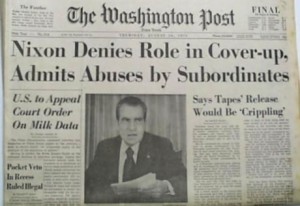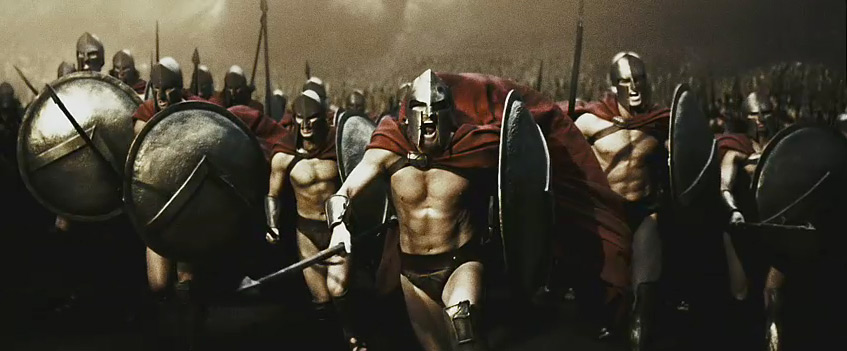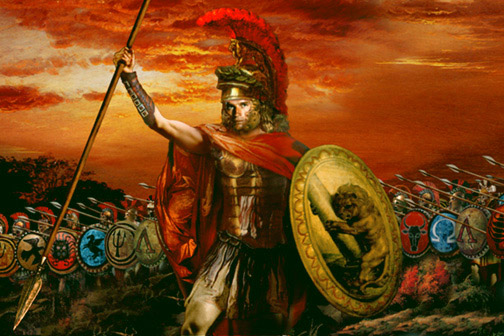Writer Jean-Paul Marat wrote the eight page periodical L’Ami du peuple which comprised over 700 issues. Marat frequently ran into trouble with authorities. Publishing from England, Marat played a key role during the French Revolution. Marat was a critique of all authorities, particularly the monarchy in both France and England. Similar to Thomas Paine during the American Revolution, Marat had a similar impact on the French Revolution.

A copy of L’Ami du peuple
Marat was a frequent attendant at various English and French coffeehouses. As such, Marat began his love affair with politics when he began L’Ami du peuple. Marat attacked the French monarchy through his underground paper. Marat’s paper became very influential to the French people as he reported on the monarchy.

Painted days after his murder, painter Jacques-Louis David painting “The Death of Marat” it is widely considered David’s best painting.
Writing in 1790 Marat attacked the most conservative officials of France, “Five or six hundred heads would have guaranteed your freedom and happiness but a false humanity has restrained your arms and stopped your blows. If you don’t strike now, millions of your brothers will die, your enemies will triumph and your blood will flood the streets. They’ll slit your throats without mercy and disembowel your wives. And their bloody hands will rip out your children’s entrails to erase your love of liberty forever. ”
Marat wielded his pen and made many enemies. Being murdered by French authorities after the Revolution, Marat still remains one of France’s most influential writers.










